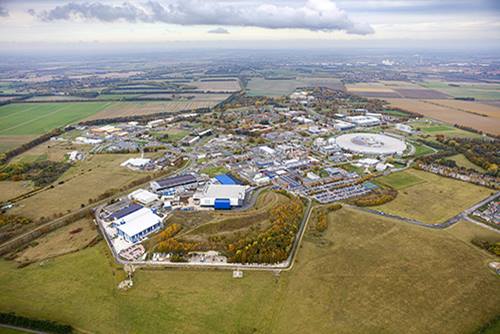Knowledge parks, or science and technology parks, have been growing across the UK over the last 30 years. These sites have spawned thousands of cutting-edge businesses over the years, while providing the educational support and contacts the next generation needs to keep innovating.
While knowledge parks have been around for some time, they have evolved over recent years. They have become far more specialised in terms of industry, in recognition that innovation relies on collaboration and clusters of expertise. Previously, an organisation loosely involved in any form of scientific or technological activity might choose to locate on one. Today, a park is likely to focus on one aspect, such as life sciences, food, health and wellbeing or cybersecurity. They are now catalysts for growth for niche industries.
The trick to developing a successful park, however, relies on the ability to see them through prospective tenants’ eyes.
THE GROWTH OF KNOWLEDGE PARKS
Almost all successful knowledge parks are established close to universities. These institutions provide the requisite talent, specialised expertise and the knowledge network. Indeed, many start-ups are founded by graduates who meet at university.
Universities themselves are keen to grow knowledge parks to communicate the success of their courses and students. In turn, the private sector is collaborating with universities and the public sector to establish and sponsor incubator spaces as a form of investment in future talent.
There are typically two types of knowledge parks across the UK: legacy builds and new builds. Most historic parks are legacy builds, where a large company created facilities then subsequently relocated, leaving a range of space and a cluster of highly-skilled staff which other organisations can utilise. There are fewer newly-built schemes, partly because the parks need critical mass to be successful as well as an anchor tenant or building to act as a catalyst to attract businesses and entrepreneurs. Creating a new cluster also requires a leap of faith as it’s highly unlikely that a start-up business/SME will allow sufficient time for a building to be built or will be attracted to the ‘traditional’ pre-let model.
Harwell Campus in Didcot is one of the UKs most successful legacy parks. Founded as an RAF facility, Harwell is steeped in world firsts: from the building of Europe’s first energy producing fission reactor to the launch of the transistorised computer.
Another successful park is Sci-Tech Daresbury in Warrington. The facility is internationally recognised in leading-edge research and development and is home to nearly 150 high-tech companies in areas such as advanced engineering, digital/ICT, biomedical and energy and environmental technologies.

Aerial photo of Harwell Campus, courtesy of Harwell Campus 2019
Download our report to read the full article



